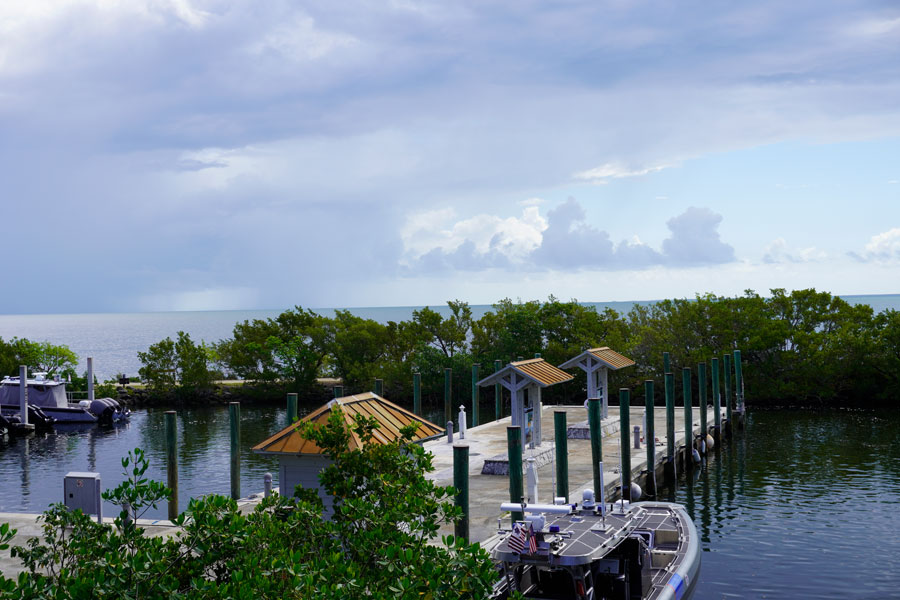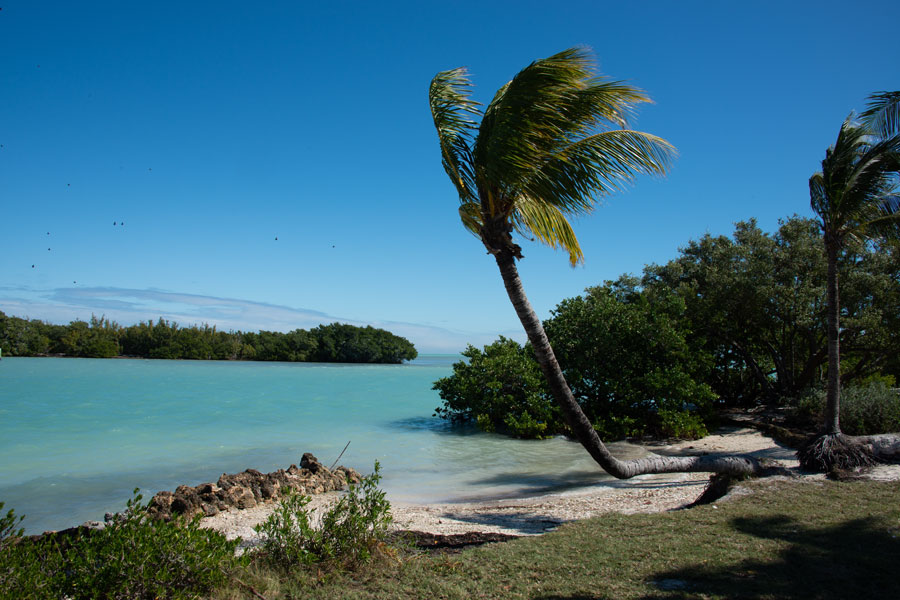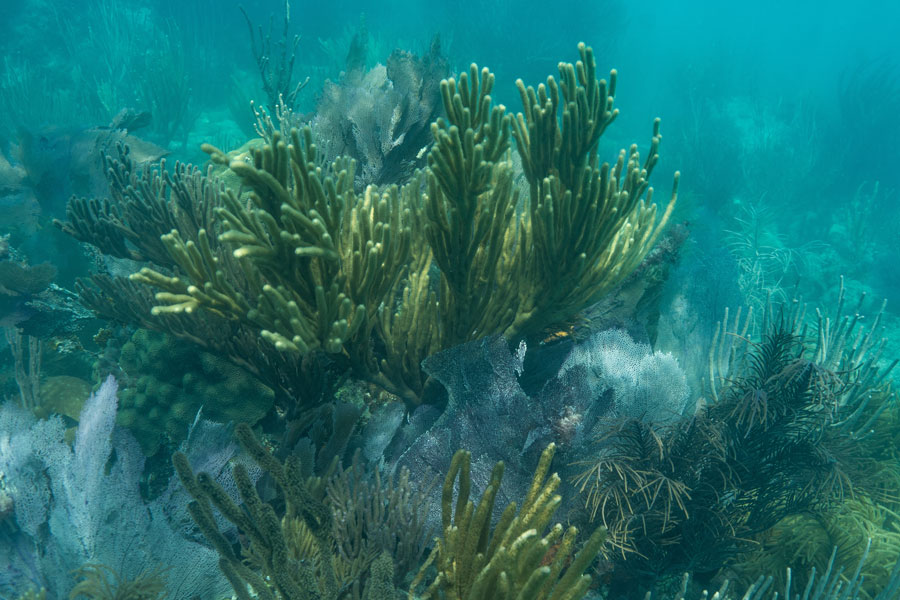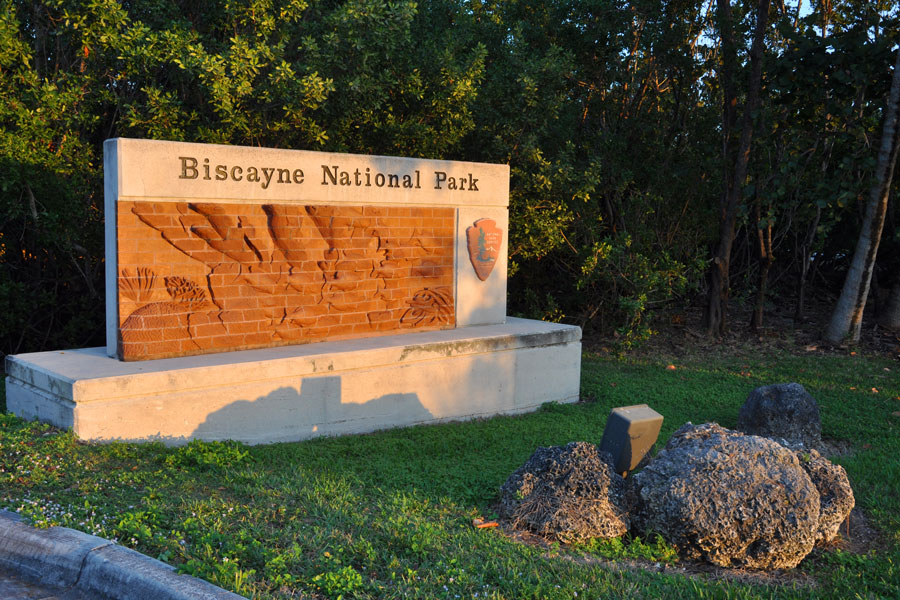Islandia, Florida
Islandia, a unique and largely uninhabited community in the Miami–Fort Lauderdale metropolitan area, is located in Miami-Dade County, Florida. Often noted as one of the smallest unincorporated areas in the state, Islandia has a population of around 18. This “city” is actually a collection of 33 coral islands, with Elliott Key being the largest. Originally envisioned as a resort town, Islandia’s development was halted, and most of its islands now make up Biscayne National Park.

Islandia’s location is part of what makes it so remarkable. Situated just north of Key Largo, it comprises 13 major coral islands. Elliott Key, the largest, has a historical legacy dating back to settlers from Green Turtle Key in the Bahamas, who started pineapple plantations before expanding to grow key limes, sweet potatoes, and tomatoes for northern markets.
About the Community
Islandia holds an unusual place in Florida’s history as both a promising real estate venture and a symbol of conservation success. The idea for this resort city likely began in the early 1950s, with formal incorporation in 1960. Developers, inspired by the rapid growth in South Florida, had ambitious plans for Islandia, envisioning a causeway connecting the islands to Key Biscayne. Their plans included luxury resorts, golf courses, and oceanfront homes scattered across the coral islands. Despite these grand visions, Miami-Dade County ultimately declined Monroe County’s offer to transfer mainland ownership to develop the area.

Islandia and the Biscayne National Park area cater to various outdoor activities, from bird watching and kayaking to backcountry camping on Elliott Key and Boca Chita Key. The park’s waters are perfect for paddleboarding and kayaking, where visitors can explore shallow bays and mangrove-lined shores. The islands also offer rustic camping facilities, which are available on a first-come, first-served basis, providing a rare opportunity to enjoy Florida’s wilderness away from the urban environment.
Important Links (Suggest / Report)
Vicinity of Islandia
Additional Details
Islandia’s ambitious development plans faced resistance from environmentalists concerned about the impact on Florida’s sensitive coral reefs. While the state legislature allowed the town to incorporate, they halted further development to assess environmental impacts. Increasing protections for the reefs followed, and in 1968, President Lyndon B. Johnson authorized federal funds to transform Islandia into the Biscayne National Monument. Over time, the federal government purchased most of the islands, and today, they are part of Biscayne National Park, a vast protected area focused on conserving natural coral reefs and tropical ecosystems.

Today, Islandia exists as a “ghost” city without active infrastructure, officials, or services. It is not a functioning town, lacking roads, schools, and municipal systems. Visitors can access the islands by boat during the winter months, when the mild climate encourages exploration.

Elliott Key, the seven-mile-long island closest to Homestead, is just eight miles across Biscayne Bay. This tropical oasis is covered with dense hardwood forests and features striking flora, including mahoganies, gumbo-limbos, and wild tamarinds. Visitors to these islands may also find moonflower vines and morning glories, which add to the pristine beauty of the natural landscape. This remarkable group of islands, cooled by ocean breezes and offering warm Caribbean temperatures, is home to unique wildlife, such as warblers and Portuguese man-of-war along the shores, making Islandia an unparalleled destination for nature lovers and environmental enthusiasts.


